

The US temperature record, as provided by NASA and the National Oceanic and Atmospheric Administration (NOAA), has been subject to scrutiny and claims of data manipulation.
The US temperature record, as provided by NASA and the National Oceanic and Atmospheric Administration (NOAA), has been subject to scrutiny and claims of data manipulation. Concerns have been raised by Tony Heller about the integrity of the data adjustments made to the historical temperature records, which are said to have altered the temperature trend from cooling to warming over the 20th century.
Originally, NASA's temperature record indicated a cooling trend from the 1930s through the end of the 20th century. However, current NOAA graphs suggest a warming trend since 1895. This shift in temperature trend has raised questions about data integrity and potential alteration for political or ideological reasons.
Discrepancies have been observed in the NOAA's reporting on US summer afternoon temperatures. While one dataset indicates an increase in average summer afternoon temperatures over time, another dataset from the same agency shows that hot summer afternoons were more common in the past. This contradiction implies that average summer maximum temperatures should be decreasing, not increasing, as the frequency of cooler summer afternoons has decreased.
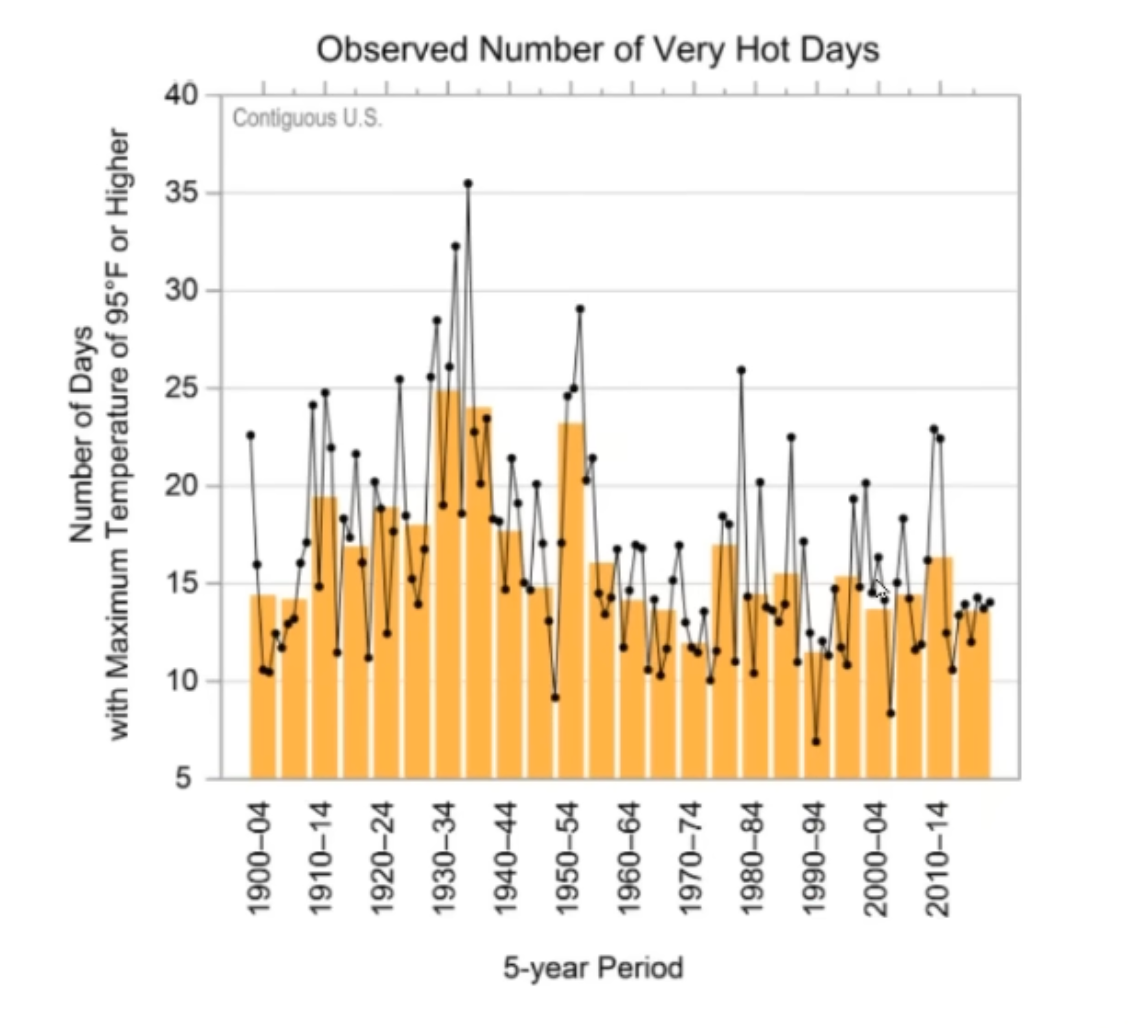
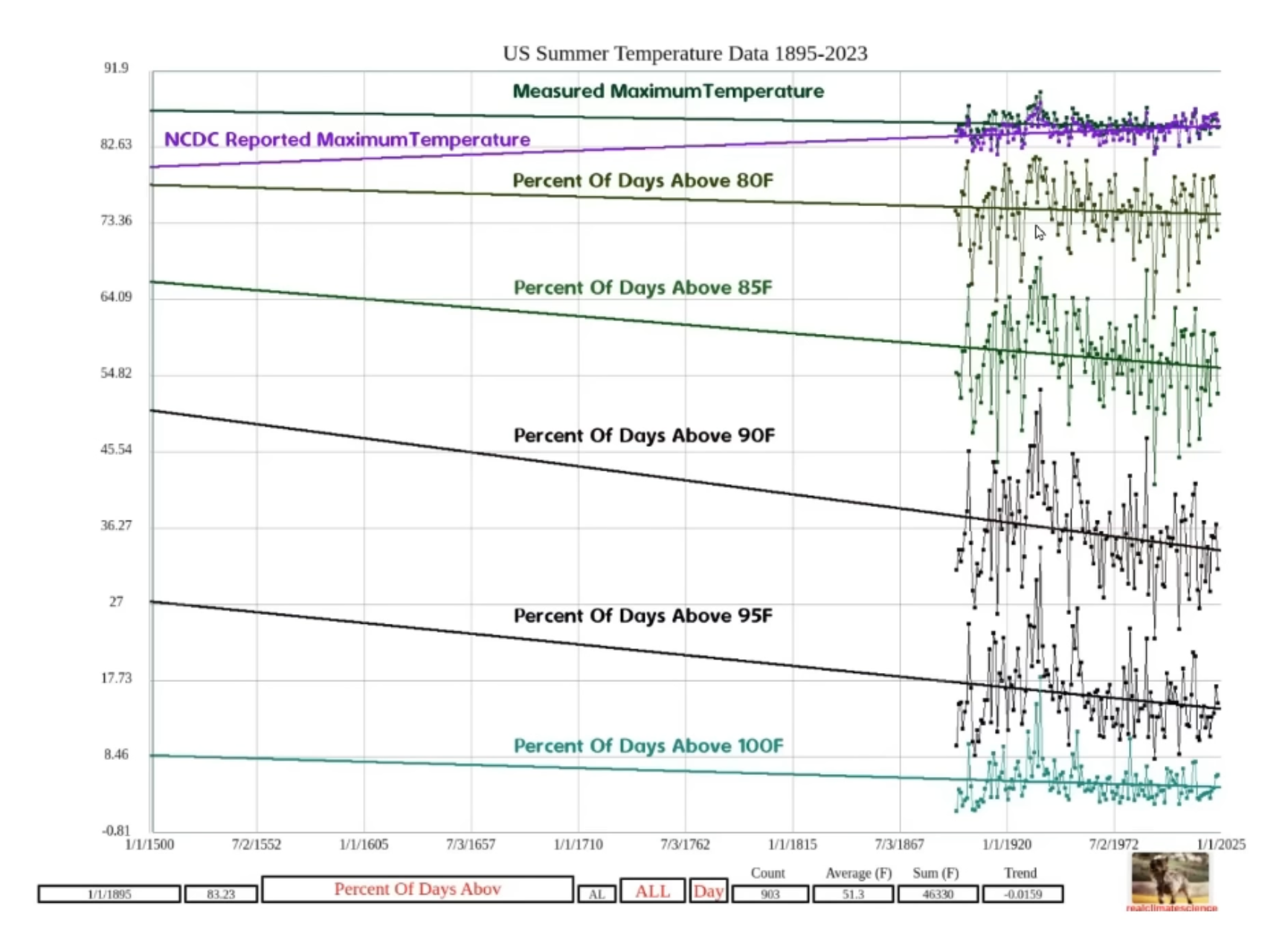
NOAA has been accused of modifying temperature data, turning a cooling trend into a warming trend. The alterations started around 25 years ago with small adjustments averaging 0.5 degrees Fahrenheit. These adjustments have reportedly become much larger in recent years, with a marked acceleration post-1990.
A graph plotting the percent of summer days above 90 degrees Fahrenheit against the actual recorded average maximum temperature shows a strong correlation. However, when adjusted temperatures are plotted, the correlation deteriorates significantly, suggesting that the adjustments are not scientifically sound.
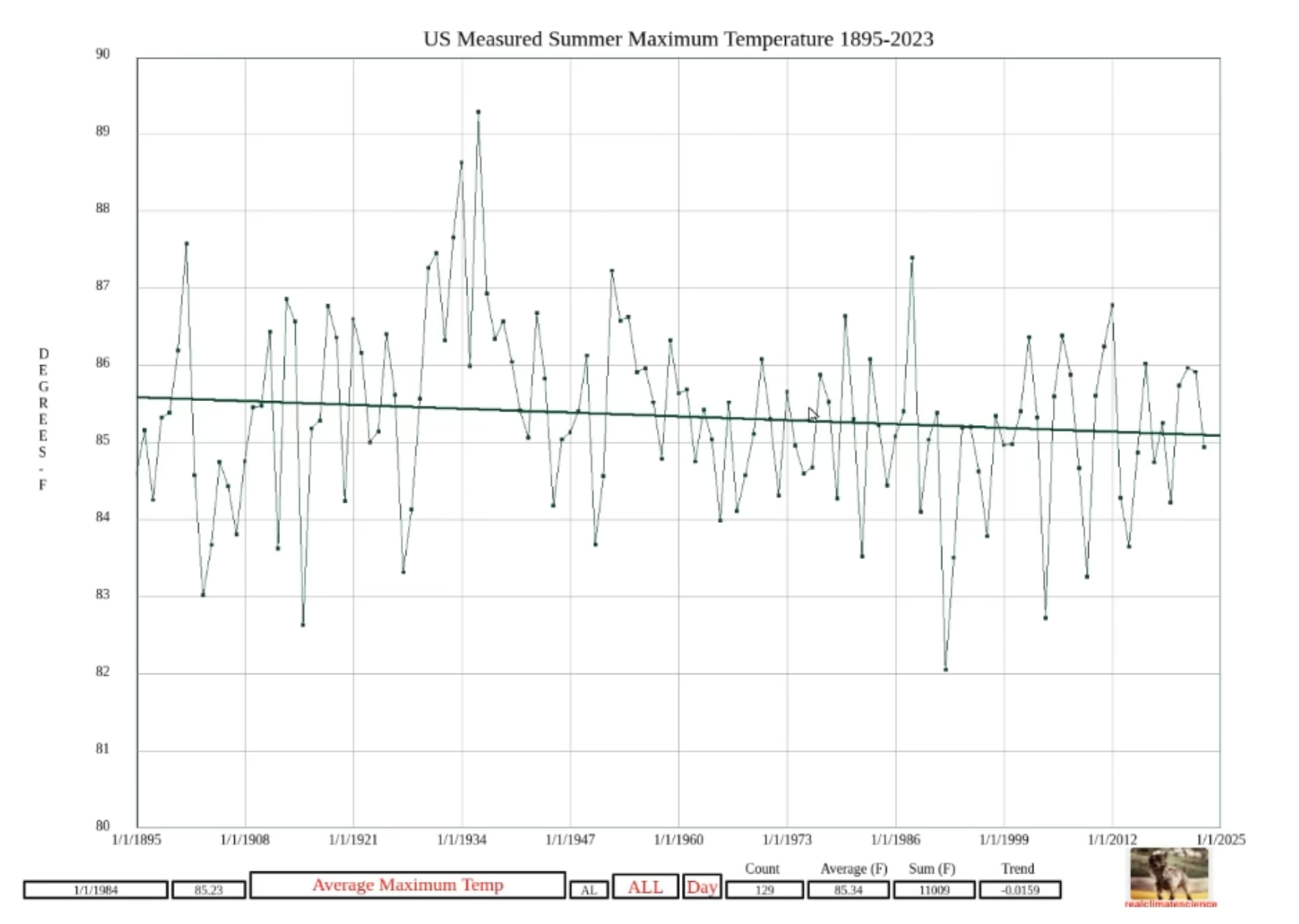
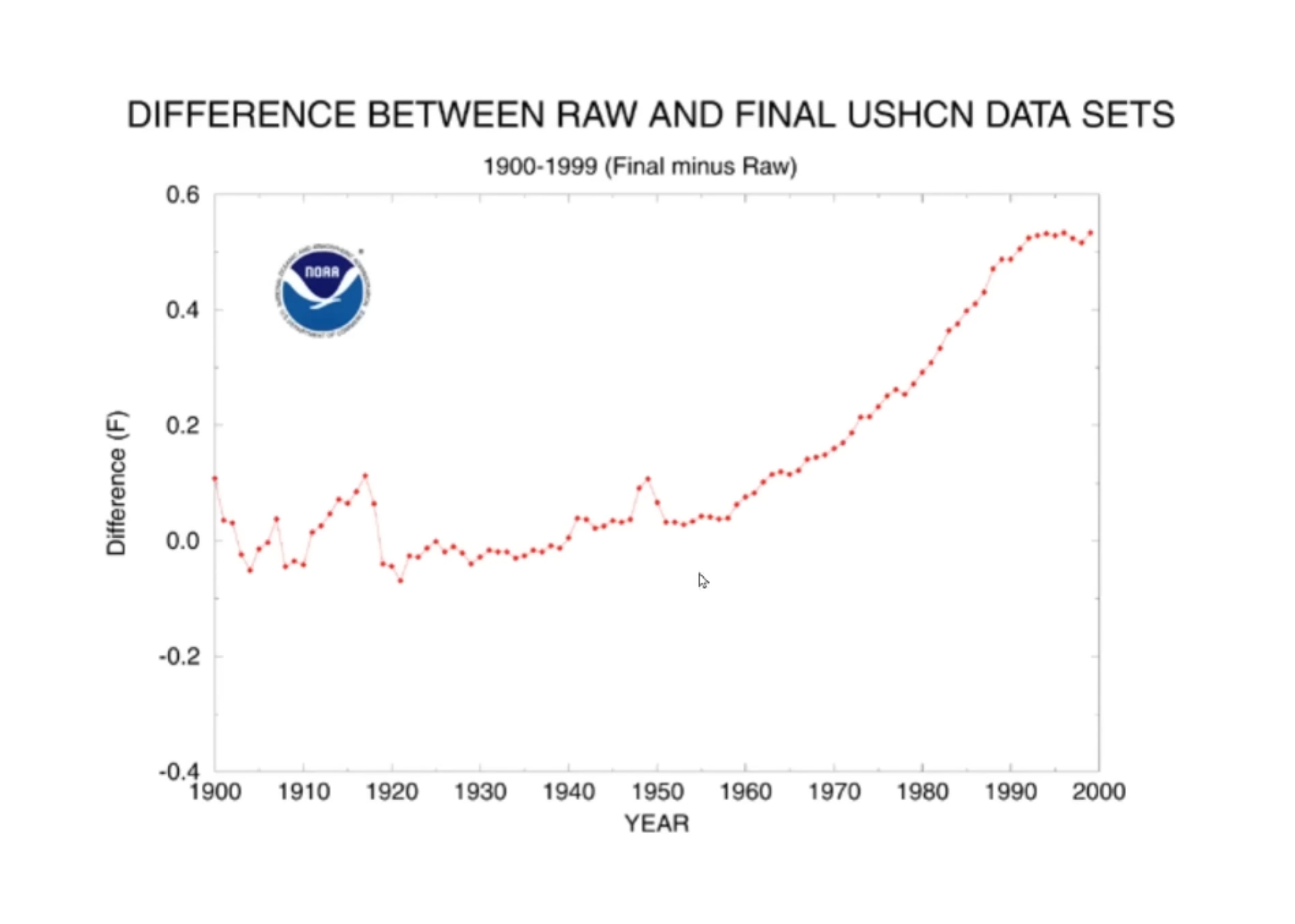
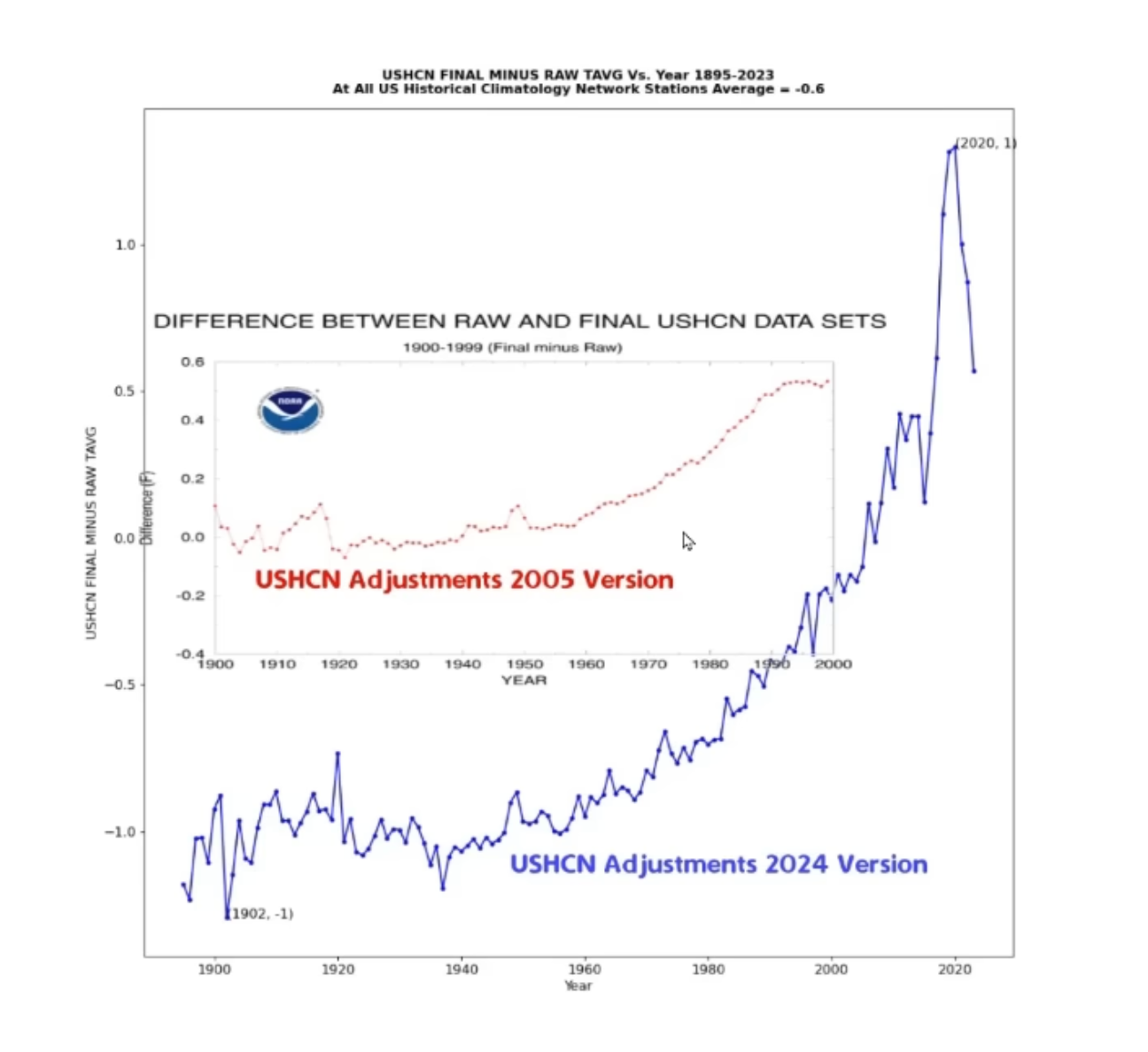
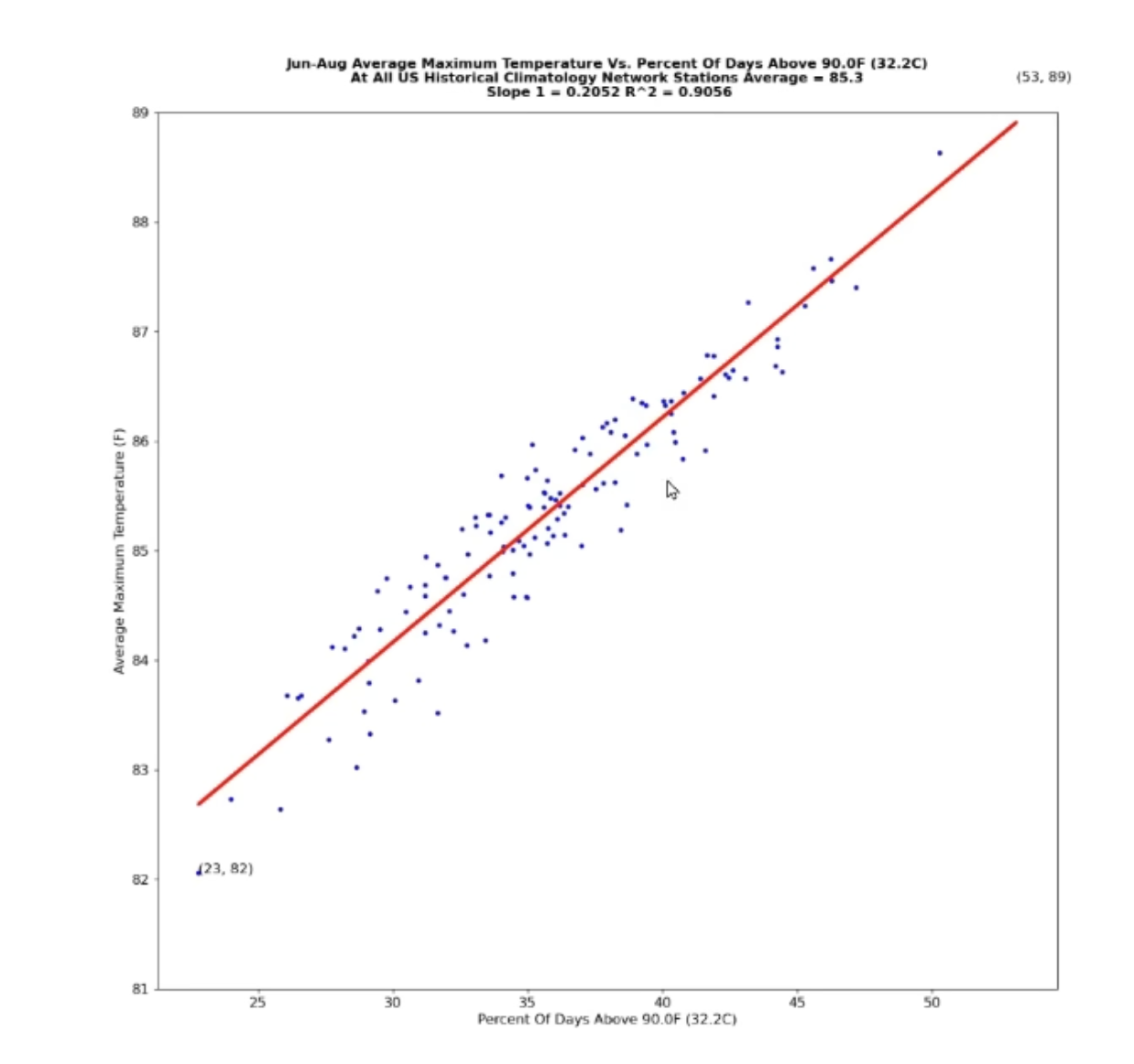
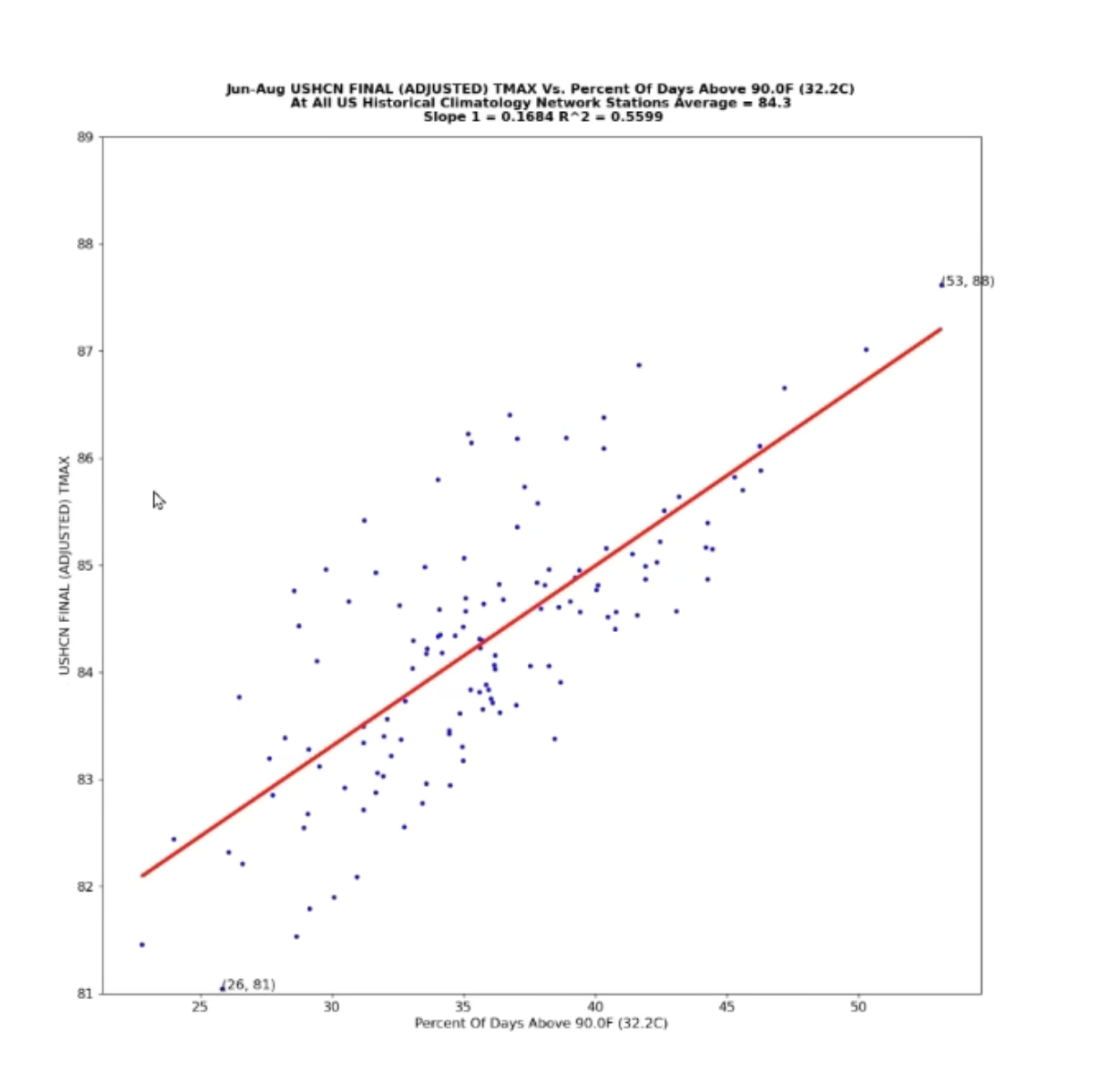
One of the adjustments made to the temperature data is the "time of observation bias" adjustment, based on the premise that past afternoon thermometer resets could lead to double-counting of hot days. An alternative approach would be to exclude stations with afternoon resets and rely on those resetting in the morning. This approach purportedly shows little difference in the temperature trend, maintaining the strong correlation between temperature and hot day frequency.
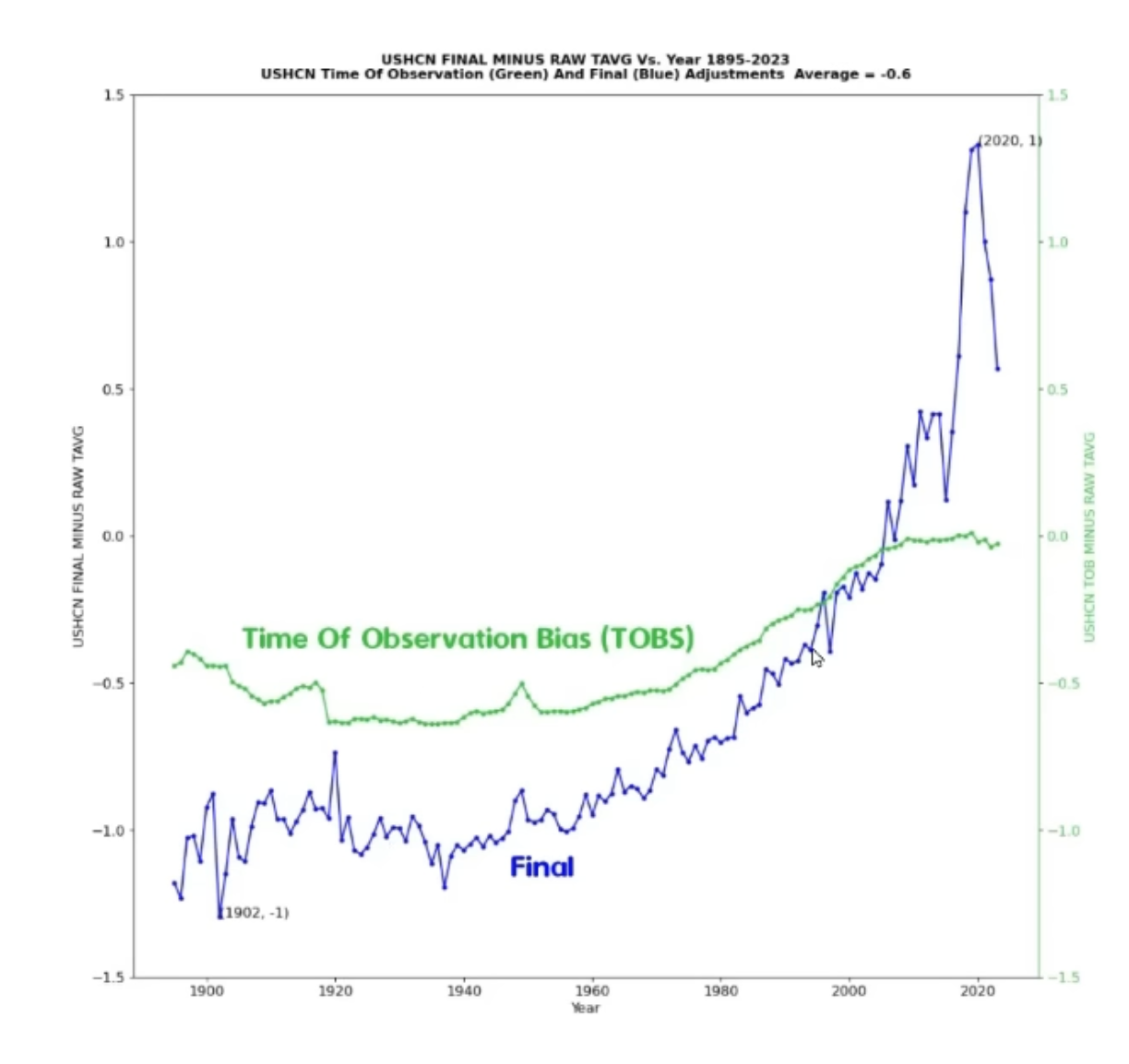
While the US boasts a robust historical climatology network, the global temperature data is not as comprehensive. NOAA has admitted to a lack of knowledge regarding the collection methods of temperature data outside the US. The absence of historical temperature data and detailed station records for large parts of the world raises further concerns about the reliability of global temperature adjustments.
The legitimacy of the temperature record adjustments has been called into question, with evidence suggesting that the data manipulation may not be scientifically justified. The strong correlation between unadjusted data and temperature trends contrasts with the poor correlation of adjusted data, casting doubt on the methods used by NOAA. The lack of transparency and discrepancies in global temperature data handling has added to the skepticism surrounding the integrity of climate records. This situation underscores the need for transparency and methodological rigor in climate data management.